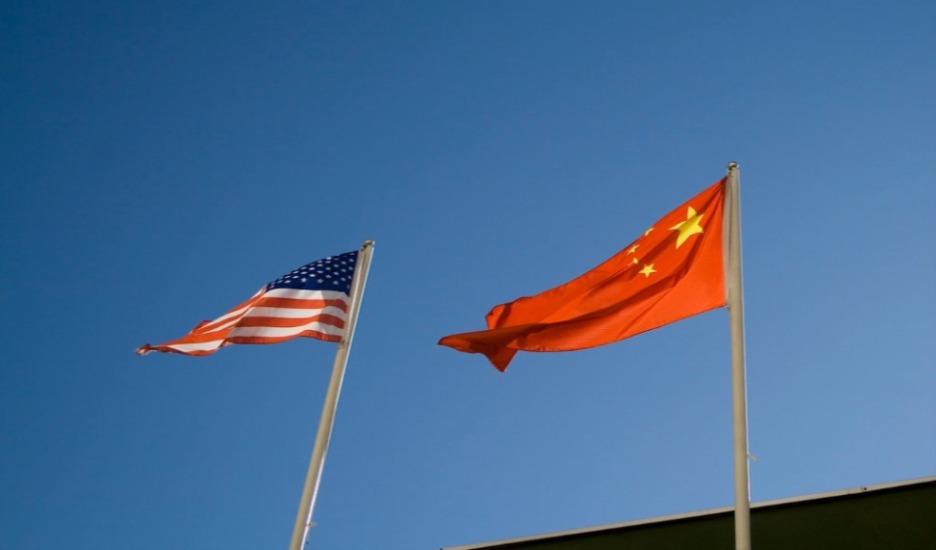An Art Museum Amendment to the Foreign Sovereign Immunities Act
A little-noticed bill to amend the Foreign Sovereign Immunities Act (“FSIA”) passed both houses of Congress in December and was signed into law by President Obama on Dec. 16, 2016.
Published by The Lawfare Institute
in Cooperation With

A little-noticed bill to amend the Foreign Sovereign Immunities Act (“FSIA”) passed both houses of Congress in December and was signed into law by President Obama on Dec. 16, 2016. The bill (“ The Foreign Cultural Exchange Jurisdictional Immunity Clarification Act (FCEJCA)” or “Art Museum Amendment”) narrows the expropriation exception in the FSIA to provide greater immunity for foreign states which send works of art to the United States for temporary exhibit. Unfortunately, the FCEJA may ultimately be more harmful than helpful to foreign states.
The Art Museum Amendment amends the FSIA so that importing art for temporary exhibit, as well as any related activities, are not “commercial activity” within the meaning of the expropriation exception, 28 U.S.C. § 1605 (a)(3). The expropriation exception allows suits against foreign states if “rights in property taken in violation of international law are in issue and that property or any property exchanged for such property is present in the United States in connection with a commercial activity carried on in the United States by the foreign state.” The Amendment means that activities associated with the loan of art works for exhibition are not “commercial activity” under this exception.
Other language provides that in order for the foreign state to be entitled to immunity under the Art Museum Amendment, it must be the owner or custodian of the art work at issue, and the President must have determined that the work is of cultural significance and that the temporary exhibition or display of such work is in the national interest pursuant to the Protection from Seizure Act (22 U.S.C. 2459(a)).
The impetus for the new law was the 2007 Malevich case, which held that activity related to the loan of artwork to U.S. museums was “commercial activity” under FSIA § 1605(a)(3).
In that case, the heirs of Russian painter Kazimir Malevich sued the City of Amsterdam to recover art allegedly acquired illegally after WWII. The City of Amsterdam had loaned the art for display at U.S. museums. As part of that process, it contracted with U.S. museums, received compensation for the loan, and sent employees to the U.S. to oversee the safety of the paintings. A federal court in D.C. held that the City’s conduct was commercial activity and that the (a)(3) exception applied; the case involved really cool early 20th Century paintings. The Malevich case had a ripple effect in the art world. Foreign states rescinded or refused to temporarily loan art to museums in the U.S. for fear of being sued. The fears intensified after a U.S. judge ordered Russia to turn over thousands of nationally treasured books and manuscripts currently located in Russia. Russia has since completely stopped lending art to museums in the United States.
The Art Museum Amendment includes two exceptions which significantly undercut the protections afforded to foreign sovereigns, and the second of which may have ramifications beyond cases involving the loaning of art. The first exception is for “Nazi-Era Claims.” This exception (FCEJCA § 2(A)) to the Art Museum Amendment (which is itself an exception to the expropriation exception in FSIA), allows claims to go forward under the expropriation exception notwithstanding FCEJCA § 1 if they allege the work was taken in violation of international law by Germany (or a government of European territory occupied by German or any government that was a European ally of Germany) between 1933 and 1945. The allegations in Malevich would not come within the Nazi-Era Claims Exception because the confiscation occurred in 1958, and thus that case would have been barred under the Art Museum Amendment. Many other potential cases could come within the Nazi-Era exception, however, because the Nazis and affiliated governments confiscated lots and lots of art.
The second exception (FCEJCA § (2)(B)) allows claims to go forward if they allege that the “work was taken in connection with the acts of a foreign government as part of a systematic campaign of coercive confiscation or misappropriation of works from members of a targeted and vulnerable group.” This exception—not part of earlier versions of FCEJCA—is unclear in scope. It is unlikely to provide much certainty for foreign governments worried about loaning art to U.S. institutions. The phrase “targeted and vulnerable group” may sweep broadly to include confiscations allegedly based on political opinion, membership in disfavored social groups, or (to borrow from the definition of genocide), in “a national, ethnical, racial or religious group.”
The language in FCEJCA § (2)(B) also arguably supports the groundbreaking 2016 D.C. Circuit opinion in Simon v. Republic of Hungary. That case, which did not involve artwork, held that confiscations of property can themselves constitute genocide and accordingly violate international law regardless of the nationality of the party from whom the property was taken. Usually the domestic-takings rule provides that confiscation by a government of property owned by its nationals does not violate international law. Recall that the expropriation exception only applies if the taking violates international law. The FCEJCA says nothing explicit about what constitutes a violation of international law—it addresses only what constitutes commercial activity under the expropriation exception. Yet FCEJCA § (2)(B) at least suggests a broad approval of suits alleging systematic confiscations of property from targeted and vulnerable groups without respect to nationality. It is possible that the drafters intended that FECJCA § (2)(B) apply narrowly only to confiscations of property held by foreigners, so that the confiscation would violate international law in any event. But the focus of § (2)(B) is not on the confiscation of alien property without compensation, but instead on confiscations of property held by “vulnerable” groups. When, however, do such confiscations violate international law? Genocide provides a potential answer.
The FCEJCA has a laudable purpose and, unlike other recent amendments of the FSIA such as the Justice Against Sponsors of Terrorism Act (or JASTA, analyzed here), the Art Museum Amendment purports to expand rather than contract the immunity of foreign states. Whether it is successful in doing so—and whether it ultimately provides much “clarification”—remains to be seen.


.jpg?sfvrsn=5a43131e_9)


